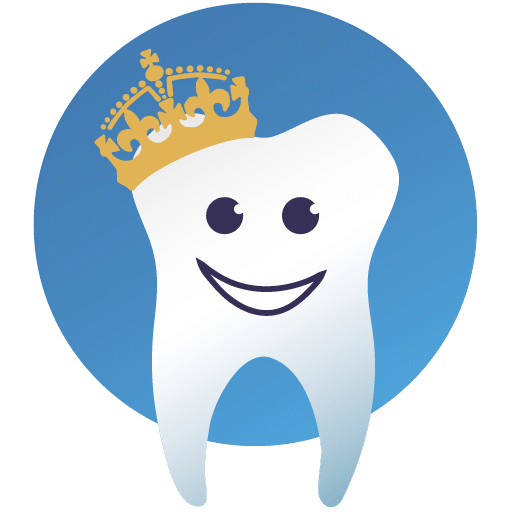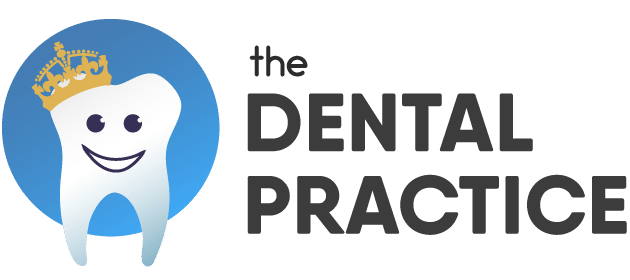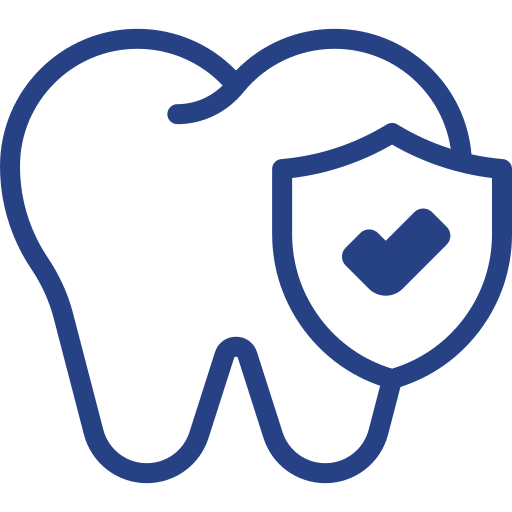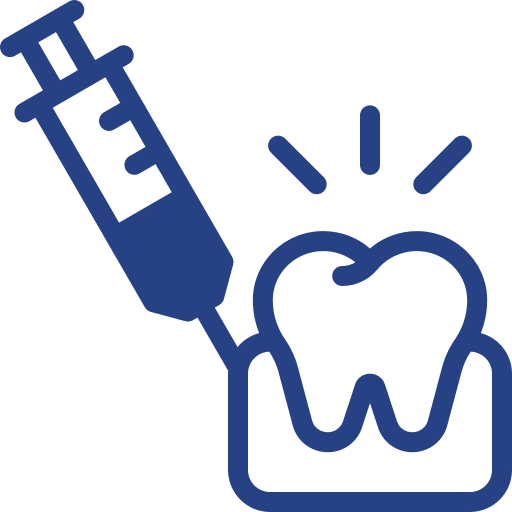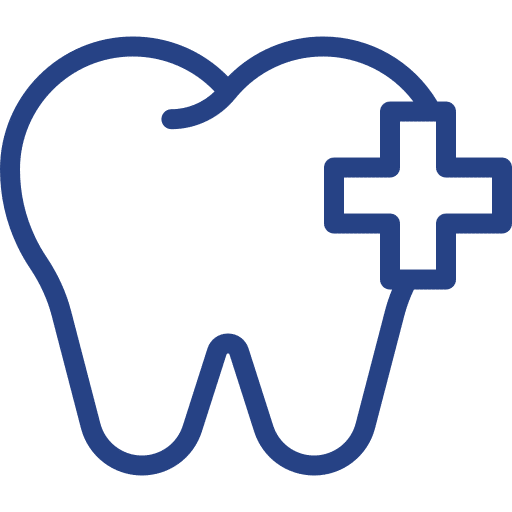Paediatric Dentistry
Dental Check-Ups for a Healthy Smile
At The Dental Practice our aim is to help our young patients enjoy a happy, healthy smile for life. With regular visits to the dentist, routine dentistry allows us to help you look after and make the most of your children’s teeth as well as to pick up any dental problems from a young age. This also means that you can avoid the traditional pattern of fillings and extractions, which can end up being costly, not to mention potentially also end up in the loss of valuable teeth.
The Dental Practice is a child-friendly clinic and we offer a comprehensive range of dental treatments that include:
Oral Health Examinations for Children
Preventative oral healthcare allows us to see and evaluate the state of children’s teeth and gums. We recommend regularly scheduled examinations for children, enabling us to stay up to date on a child’s oral health.
Our dentists undertake thorough examinations, including risk assessment for caries (cavities) and dental trauma that parents and children may be unaware of. We check children’s teeth, and also note areas of concern on the tongue, inside the cheeks, and on the roof of the mouth. Throughout the examination, based on what we see, we’ll make recommendations for care and any required treatment.
Preventive Dental Care for Kids
Start preventative dental care for children early. Once babies cut their first teeth, come and see us, and we can advise you on caring for their teeth. Preventative dental care starts with cleaning. At The Dental Practice, we advise parents on how to brush and floss their child’s teeth to contribute to good oral health.
Depending on a child’s age, preventative care involves a topical fluoride treatment which makes teeth more resistant to decay. If we notice tooth decay starting, it’s usually from the child’s eating or drinking habits. When we see areas of concern, we’re happy to provide nutritional and dietary advice to parents to ensure teeth and gums stay healthy.
Children’s Tooth Repair
Even though primary teeth fall out eventually, it’s important to keep them as long as possible, which means they may need to be repaired. If primary teeth incur decay, defects, or damage, our dentists need to place fillings or crowns. These repairs should last until the adult teeth grow in and the primary teeth fall out.
Losing primary teeth is not ideal. Primary teeth help guide adult teeth as they grow in, so they come in properly. Children with incorrectly shaped teeth, underdeveloped teeth, chipped teeth, or teeth with decay may require tooth repair. If you’re concerned about your child having to get a filling at a young age, we’re here to put you at ease.
Catching Incorrect Bites Early
Malocclusions happen when a child’s teeth are crooked, crowded, or there is an issue with the bite and how the teeth fit together. This may be an overbite, underbite, open bite, or crossbite. Malocclusions may be the result of genetics, injury, environment, or develop from children’s habits, such as thumb sucking. Incorrect bites can result in issues with eating or speaking, lead to teeth grinding, gum disease, jaw joint problems, and other oral health issues. At our practice, we assess and manage malocclusions. This treatment may be simple enough for treatment with a mouthpiece or it may include referral to a specialist orthodontist.

Special Services
Anxious and young patients
Our dedicated team has a friendly and caring approach and is also great at helping nervous patients and children by making them feel relaxed.
Dental treatment under general anaestheticDental treatment under general anaesthetic
Our treatments can be carried out under local anaesthesia in the dental chair or general anaesthesia in a private hospital setting.
General anaesthesia is commonly used to facilitate dental treatment in patients with anxiety, challenging behavior, children or patients with special needs. When performing procedures under general anaesthesia, our dental team is able to perform a thorough oral examination and carry out the necessary treatment.
Braces
If you’re looking to improve your smile and oral health, braces can be a great option for you. Not only do they help you achieve a more attractive smile, but they also improve your oral hygiene and make it easier to maintain healthy teeth and gums.
Having a beautiful smile is an important part of life. We offer a wide variety of modern braces options at The Dental Practice, from traditional metal braces to treatment with aligners such as Clearcorrect®. Our practice isn’t just about straightening smiles though, we have multiple options to keep your smile as beautiful and healthy as possible.
Braces are orthodontic appliances that are used to straighten and align teeth, improve bite function, and enhance the appearance of a smile. Orthodontic appliances apply gentle pressure to gradually move the teeth into their correct positions.
Clearcorrect® Aligners
With no metal wires or brackets and with the added benefit of being able to remove your Clearcorrect® aligner, you will be able to eat, drink and clean your teeth with ease during treatment. Clearcorrect® uses a series of clear, removable aligners that are changed every two weeks as your teeth move. Each aligner is individually manufactured for your teeth and gradually repositions your teeth into a smile you will be proud of.
Fluoride varnish and Fissure sealant
Fluoride varnish is widely used as a preventative measure against dental caries (tooth decay) and helps keep teeth healthy.
What is fluoride varnish?
Fluoride varnish is a liquid which contains a high concentration of fluoride. It may also come in the form of a gel. A thin layer is applied directly to the teeth. It then hardens and releases fluoride into the enamel.
Fluoride is a mineral which helps strengthen tooth enamel, thereby making teeth more resistant to decay. Fluoride is found in many children’s toothpastes.
Benefits of fluoride varnish
Tooth decay in children is a big problem throughout the world.
Fluoride varnish treatment has been proven to reduce the prevalence of dental caries in milk and permanent teeth. It’s particularly effective for children who are at high risk of decay and who are not exposed to fluoride from other sources.
Regular fluoride varnish application reduces the risk of cavities. Applying fluoride varnish can also help reverse early signs of tooth decay (white spot lesions).
Fluoride varnish treatment is quick, simple, and non-invasive.
Another preventive treatment often offered to children with permanent teeth is fissure sealant
This fills in deep grooves and pits in the biting surfaces of the teeth, making them easier to clean and reducing the chances of decay.
Fluoride varnish application
Fluoride varnish treatment can be carried out as soon as a baby’s first milk tooth appears. It is recommended that children are treated every six months from age 3. More frequent treatment may be recommended for children who already have tooth decay or are at high risk of developing it.
The application process for children usually involves drying the teeth with a cotton wool roll and then applying the varnish with a small brush to coat the teeth.
The fluoride varnish application itself should take no more than a minute or two, and it is completely pain-free. Fluoride varnish has a pleasant, fruity taste and smell, and it sets quickly once applied to the teeth.
After application
For the varnish to be most effective, your child may be instructed to:
- Avoid eating or drinking anything for 30 minutes following treatment
- Wait until the next morning before brushing your teeth
- Avoid crunchy, hard and chewy foods for the rest of the day, since these can scrape some of the varnish off
- Eat and drink only cold and warm foods and drinks – nothing hot
The next day, your child can go back to eating and brushing the teeth as normal.
These are general guidelines only; you should follow any other advice given by our dentist administering the treatment.
How long does fluoride varnish last?
The varnish will start to wear away when you brush your teeth and will be completely gone within a few days. By then, the fluoride has already penetrated the dental enamel. It will continue to protect the teeth for several months.
It’s important to brush teeth well in addition to fluoride varnish
Fluoride varnish should be re-applied every six months, or sooner if recommended by our dentist.
You should not rely on fluoride varnish alone to keep teeth healthy. It’s important to brush twice a day using age-suitable kids toothbrush, and minimise consumption of sugary snacks and drinks.
